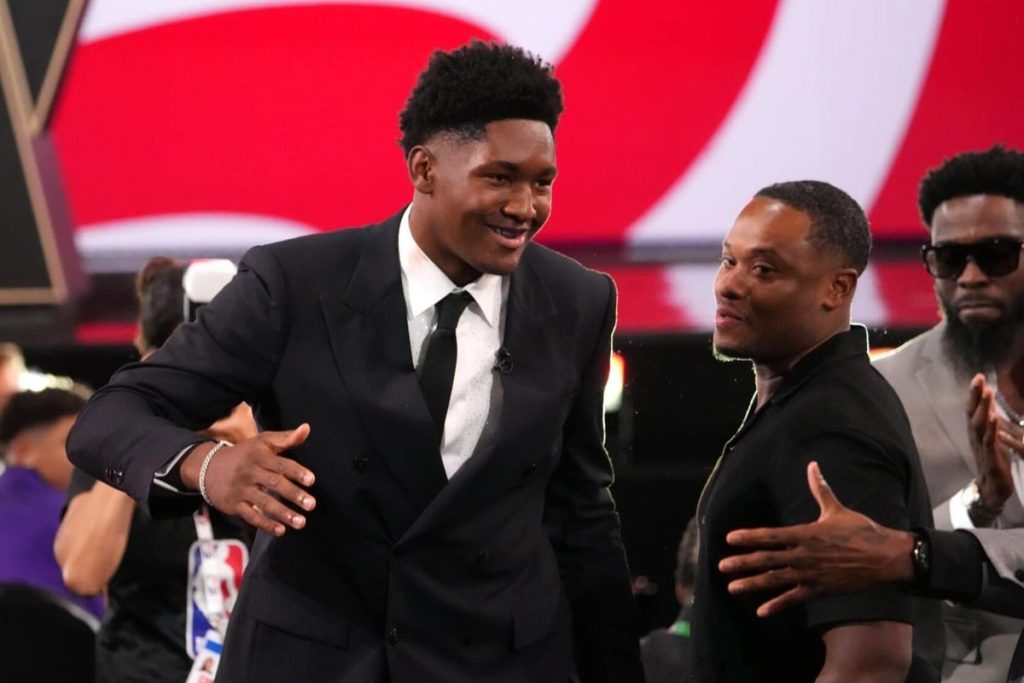The Challenge of Waiting on Draft Night
As Tom Petty famously remarked, “The waiting is the hardest part.” This sentiment resonates deeply on draft night when executives face a torturous five-minute wait between selections, often left with little to occupy their time as they focus on their desired player.
Short-Term Thinking and Myopic Decisions
This pressure can lead to impulsive decision-making. Value propositions that seem absurd during the more rational atmosphere of mid-April mock drafts suddenly begin to appear attractive after teams conduct interviews and workouts, building a narrative around a player as the one they need to secure. Despite historical trends warning against trading up, teams become entranced by the allure of that guy.
Past Successes and Failures
Sometimes, teams strike gold; for instance, the 2018 draft saw successful trade-ups for players like Luka Dončić and Shai Gilgeous-Alexander. However, many attempts are misplaced and lead to substantial costs in terms of assets.
Insights from the 2025 Draft
Looking at the 2025 draft, one major takeaway is the exorbitant price some teams were willing to pay to move just a few slots. A noteworthy example was New Orleans trading a 2026 “superfirst” pick to the Hawks to elevate from 23 to 13 for Maryland’s Derik Queen, a move that generated considerable buzz among league executives.
Poor Asset Management by the Pelicans
By trading unprotected picks, the Pelicans may have risked significant future assets, especially considering the uncertainty surrounding their own future. They could have made a more shrewd deal, such as utilizing a protected pick, or even aiming higher than the 13th pick, rather than chasing after a player they deemed not worthy of earlier picks.
Concerning Trends in Organizational Decisions
The situation raises broader questions about the Pelicans, especially given their troubling offseason leadership decisions. With a coach reportedly disliked by players and difficulties with key personnel, the organization appears to be making questionable choices. Joe Dumars’ reliance on previous Detroit management, despite past failures, further complicates their trajectory.
Lessons from Trade Ups
Other teams have also demonstrated reckless tendencies. Memphis paid a hefty price to move from 16 to 11, potentially hindering future strategies, while Utah’s move from 21 to 18 seemed unnecessary as they surrendered multiple picks for a player who might have still been available. Such trade-ups often involve overspending, which can hinder long-term success, emphasizing the significance of patience in franchise-building.



